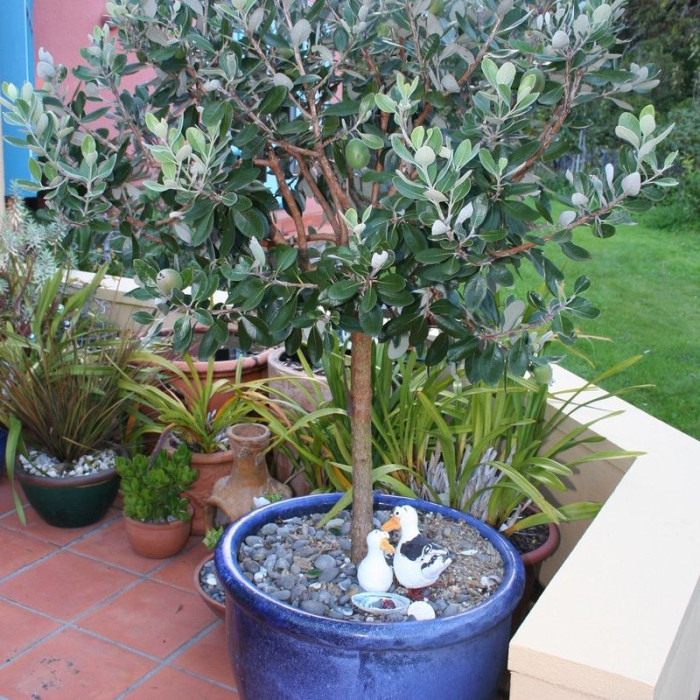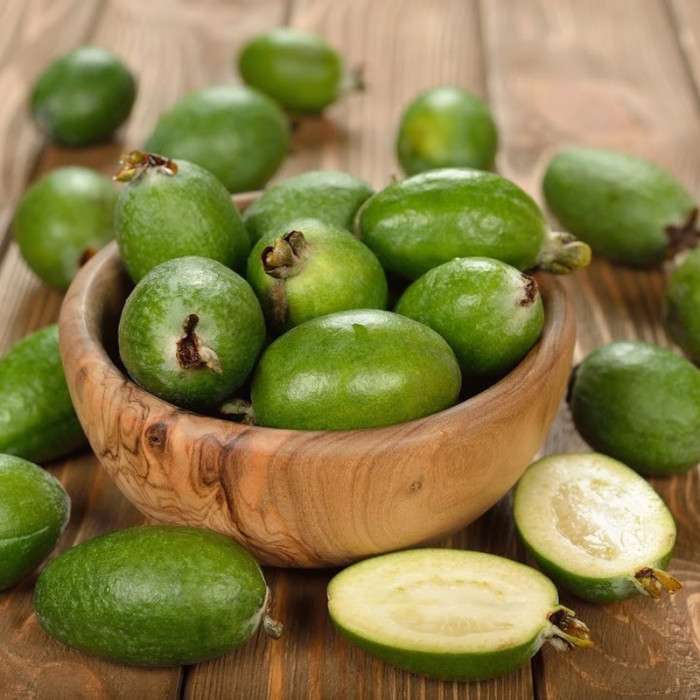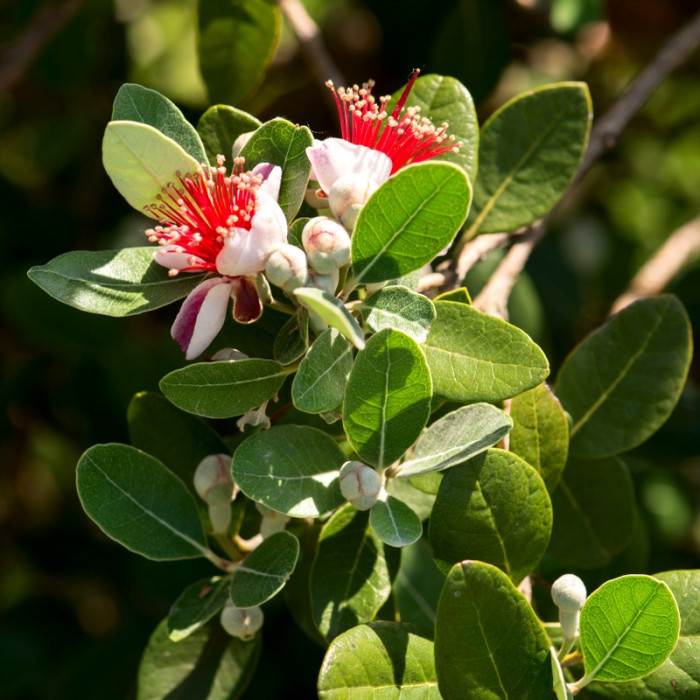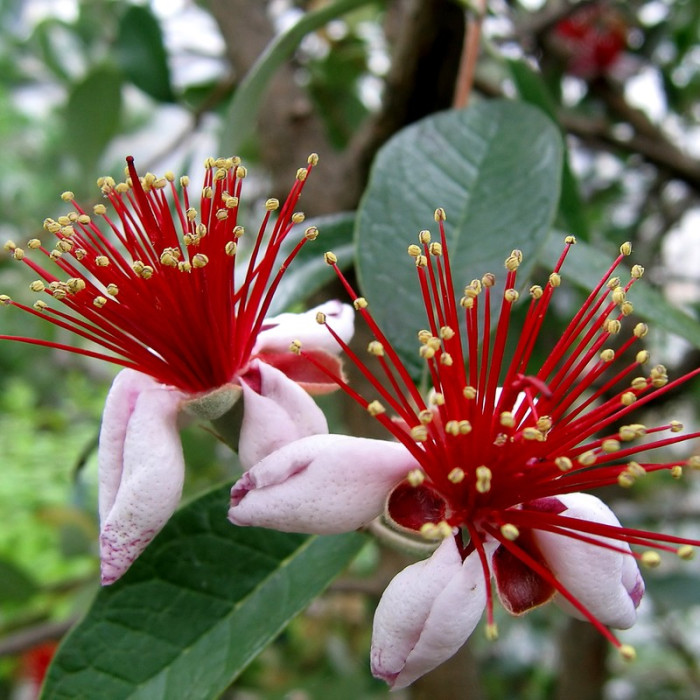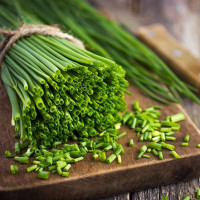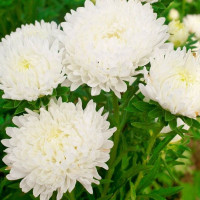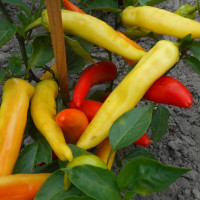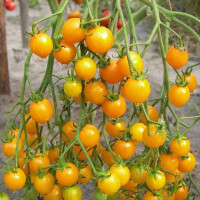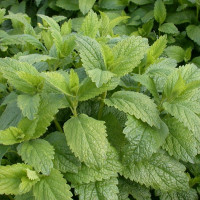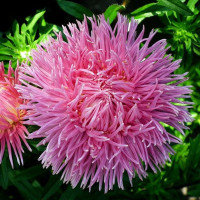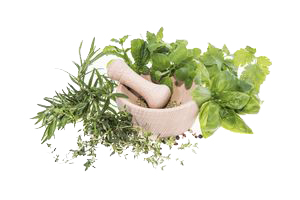Feijoa or pineapple guava and guavasteen / Acca sellowiana
Evergreen fruit trees and shrubs up to 4 m high. Feijoa are now cultivated in many countries with tropical and subtropical climates.
The value of the fruit of the tree is based on the beneficial elements that the fruit contains:
- vitamins - group B, C, PP;
- trace elements - iron, potassium, magnesium and others;
- acids;
- kakhetin - prevention of cancer;
- essential oils.
An interesting fact is that feijoa is ahead of seafood in terms of iodine content (the indicator depends on the distance of the place of growth from the sea). Fruits help in the treatment of many diseases: inflammation of the gastrointestinal tract, constipation, beriberi, gout. Thanks to such beneficial properties, feijoa is popular.
Feijoa fruits (which are biologically berries) have an elongated oval shape with dimensions of 2–7 cm in length and 1.5–5 cm in diameter. Fruit weight on average 15 - 60 grams. The peel of the fruit is green, the flesh is light, yellow-green, with the taste and aroma of pineapple, strawberries and kiwi. The fruit contains seeds surrounded by a translucent jelly-like sourish mass.
Feijoa is eaten fresh, ground and mixed with sugar, compotes, preserves, jams, marmalades are prepared, added to salads, used in baking.
Germinate seeds in a bright room at a temperature of 25 ° C. For seed germination, use a mixture of river sand and turf. When growing seeds, water regularly.

No questions about this product, be the first and ask your question.


